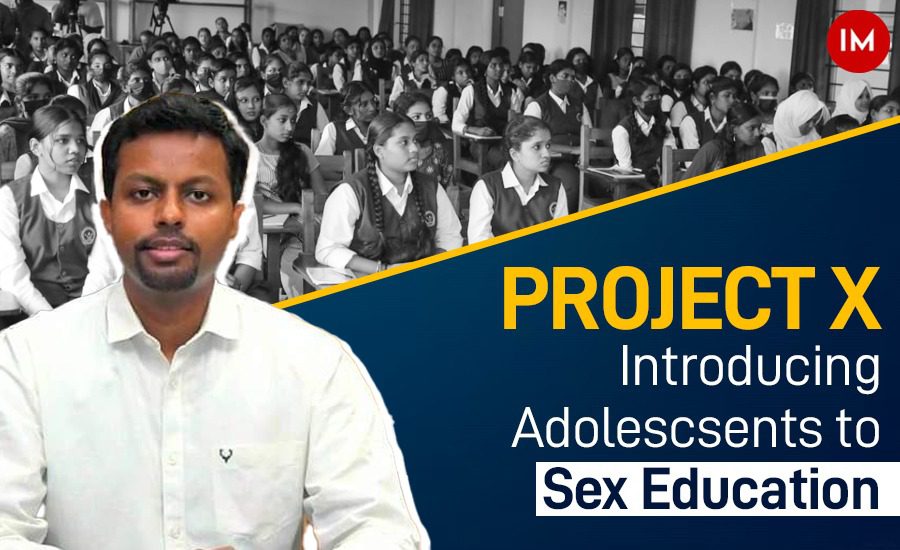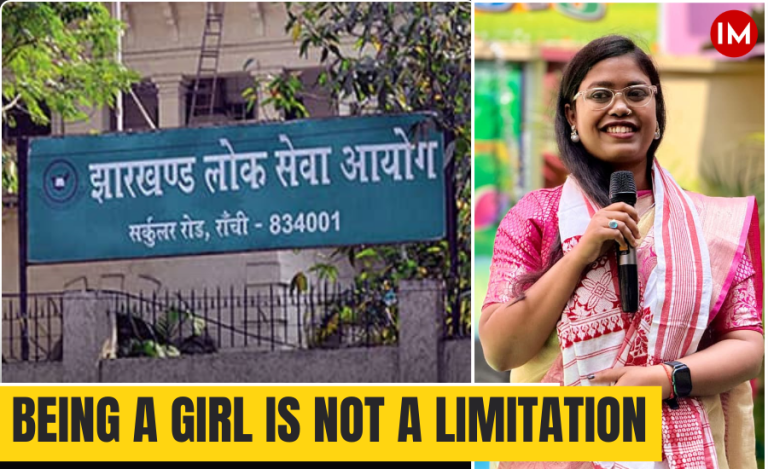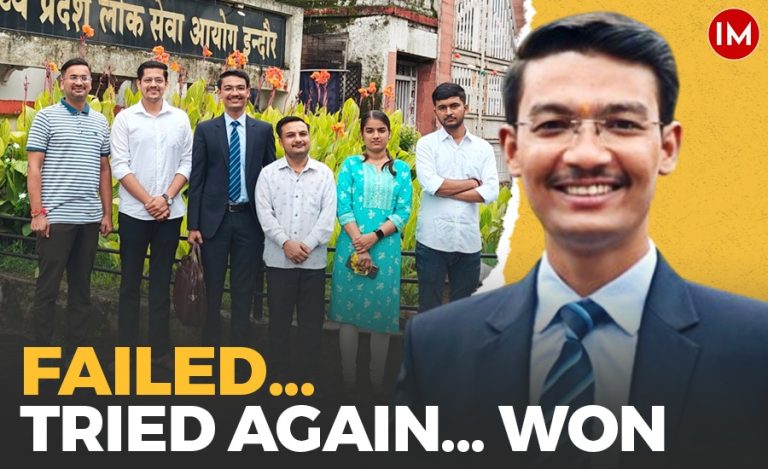In the scenic district of Thiruvananthapuram, the capital of Kerala, a groundbreaking initiative named ‘Project X’ has been set in motion by 2015-batch IAS officer Geromic George. As the District Collector, his vision is to empower young minds with comprehensive sex education. The primary focus is to target adolescents between the ages of 16 to 18, with the aim to reach 5,000 students from 50 public and aided schools during the current year.
PROJECT X
The core objective of the initiative that started on July 25 this year is to impart knowledge on gender and sexuality, particularly emphasizing the importance of consent and personal boundaries. Mr. George was keenly aware of the need for such awareness, especially for young girls, to instill in them the understanding that they hold ultimate control over their bodies. With this determination, he sought the support of the Kanal Foundation, an experienced NGO in this field, and secured funding from both CSR and the Government of Kerala.
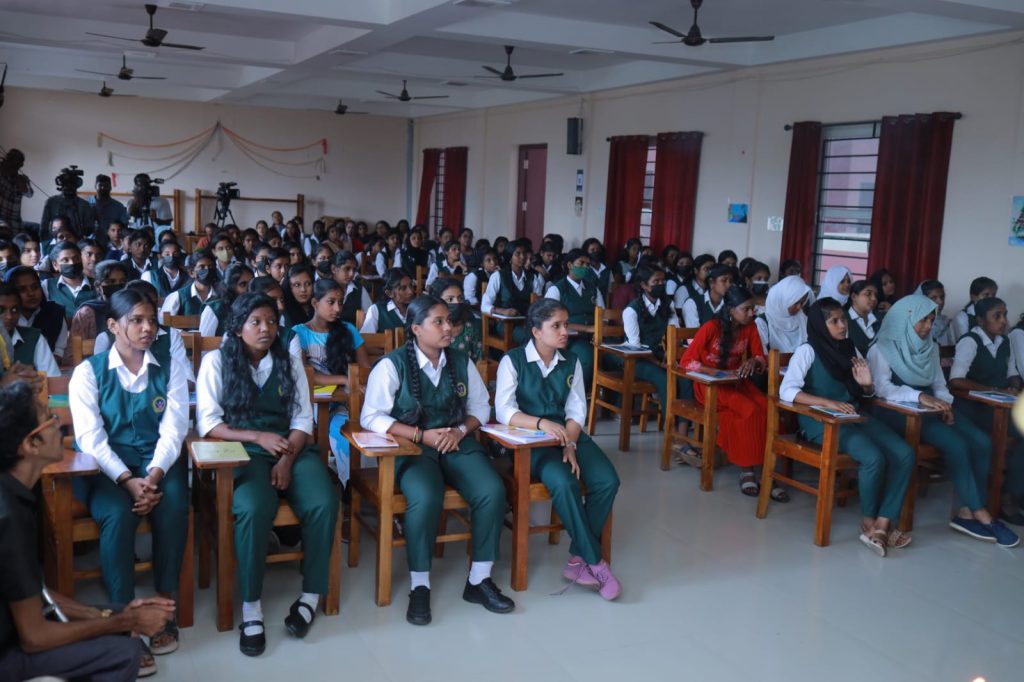
CURRICULUM
Under the well-thought-out curriculum of Project X, the students will engage in two-hour sessions that cover essential topics. The programme explores the concept of gender from a cultural and societal perspective. “It aims to nurture a comprehensive understanding of gender and sexuality, acknowledging that different people might have unique concepts of these aspects,” the officer told Indian Masterminds.
Secondly, the curriculum focuses on consent within relationships and how to identify and cope with toxic relationships. By encouraging a mature approach to constructing healthy connections, the students would learn to recognize and address concerning issues effectively.
Further, the segment delves into child sexual offences, falling under the purview of the POCSO Act. The project aims to educate the students on how to identify, report, and seek assistance regarding such offences, emphasizing the support available through helplines and the Women and Child Department.
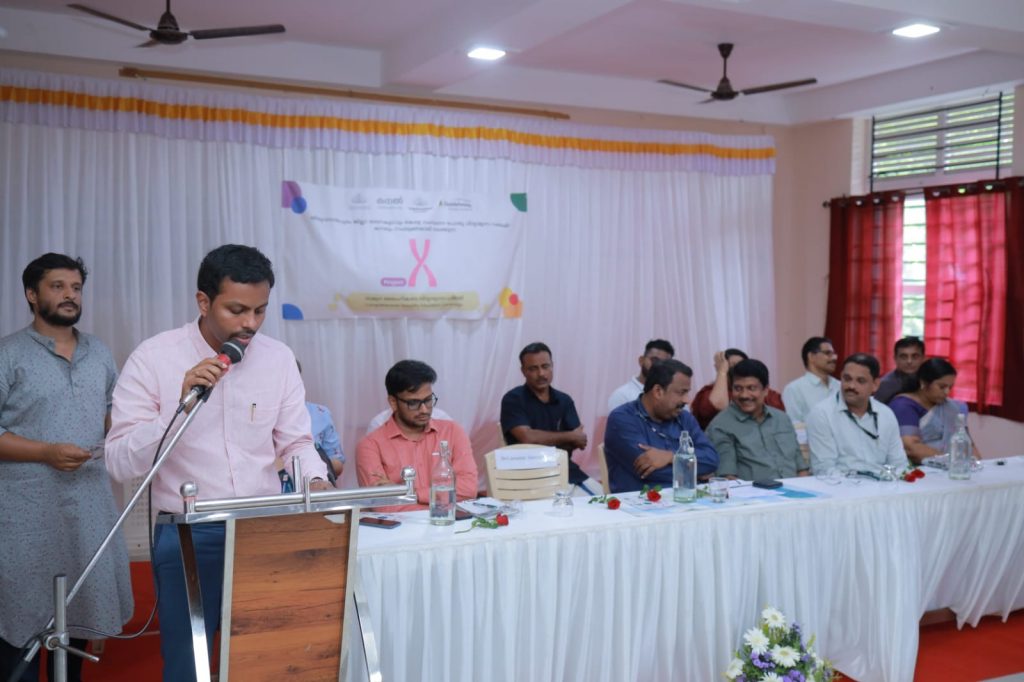
WHY ‘X’
On being asked why the name ‘Project X’, the officer informed that firstly it held symbolic significance, standing for the X chromosome shared by both men and women – the foundation of all gender and sexuality. “It was chosen thoughtfully to ensure that it do not create apprehensions and instead invite open dialogue and questions,” he added.
CHALLENGES
As Mr. George and his team launched Project X, they encountered several challenges. One significant hurdle was garnering support from Parent-Teacher Associations, and other stakeholders within the schools. Convincing them about the importance of such an initiative required persistent efforts.
Another critical challenge was designing the content in a way that was non-offensive yet effectively conveyed the intended message. “Careful selection of images and icons ensured that the content remained comprehensible while maintaining a sensitive approach,” the officer informed.
Despite the challenges, the education department extended support to the project, acknowledging the importance of addressing such contemporary and burning issues openly.
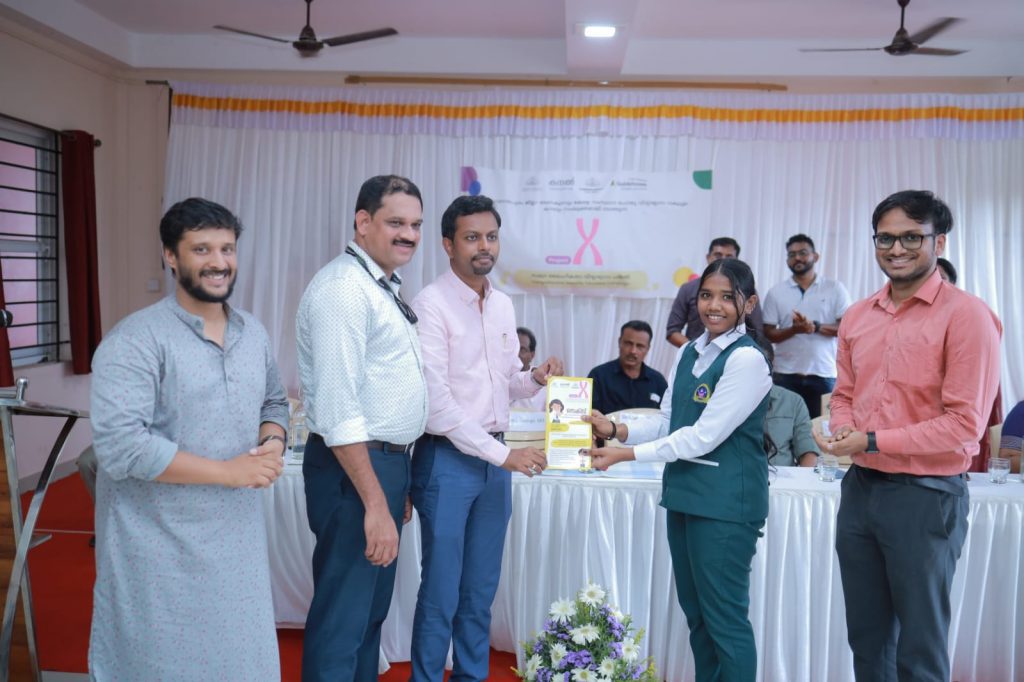
SAFE-UNSAFE TOUCH
To ensure clarity among the students, the trainers will use terms such as ‘safe-touch’ and ‘unsafe-touch’ rather than ‘good touch’ and ‘bad touch’. The officer informed that this approach is particularly important in girls’ schools to cultivate a sense of bodily privacy and personal space from a young age. Such knowledge would enable them to identify and respond to any violation that may occur, empowering them to protect themselves.
FUTURE PLANS
Looking ahead, the future plans for Project X are ambitious. The officer aims to ensure the successful implementation of the project in all schools within the district. If the model is successful, it can be replicated in other districts as well. “We aim to cover as many schools in Thiruvananthapuram district as possible,” he said.
To gauge the impact of Project X, the team also plans to conduct an attitudinal survey, comparing the students’ attitudes before and after the programme. This evaluation would provide valuable insights into the project’s effectiveness in shaping the students’ outlook on crucial topics related to gender, sexuality, and consent.

